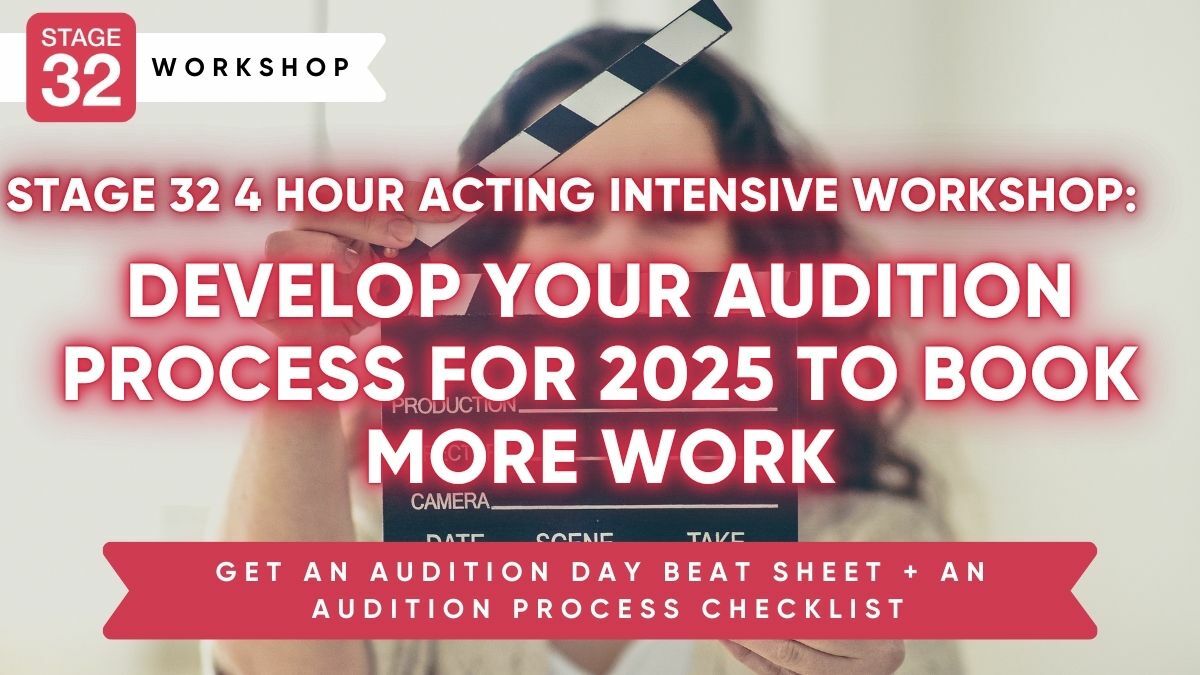My main character debates whether to take his journey but it is stalled to a degree, he's in the act of pursuing his journey but actively isn't doing so, he hasn't committed to his goal one hundred percent but the setting, the supporting characters are all in place, I'm trying to hit a certain page number. Now would this be considered okay on some level or does he have to be in all the way? The stalling is due to a brief debacle yet he's on his way ... Thoughts? Or am I just confusing you guys...



Also if he's forced into the journey...would this be okay also?
3 people like this
I wouldn't worry about hitting an exact page number for the beginning of Act 2, but I think we need to get a strong sense that the journey has started. Something major needs to have changed in the character's day to day life and he/she wants to get things back to the way they were. They may not have bought into the journey yet, but if it was forced on them (and it often is), they have no choice. The first part of Act One is then about them figuring who is who and what is what, and trying different things that don't work to reach the goal they THINK they need. It's when you hit the mid-point that the character, who has been forced on this journey, really sees that there is no turning back, that what they have been trying isn't working and they have to take more drastic action. That's how I approach going from Act One to Act Two, but I'm sure there are other approaches that might work, too. Cheers and good luck!
2 people like this
Thanks Philip. Your really a big help!
1 person likes this
In theory, the debacle would play best once they've already committed to their goal. Every screenplay is unique, but if the protagonist is "in all the way" and then meets the challenge, this raises the stakes (tension, suspense, etc.) for the audience and it's fun and entertaining to watch what unfolds because we know what it means if they don't meet the challenge. If the waffling is too internal too soon then we might not care about it or its outcome.
Usually the stakes should become too high for your character to resist taking action. Maybe you could watch or read the script of The Big Lebowsky ? Here is a character (The Dude) who couldn't care less about anything in life and who is thrown into mayhem against his will. Check out this story break down, maybe it'll help : http://screenplayhowto.com/wordpress/wp-content/uploads/2012/01/The-Big-...
2 people like this
For me it all comes down to whether or not the protag has been called into the new world. This basically comes down to whether or not the story is plot driven or character driven. A well written debate over the dangers that lie ahead can be compelling, plus counter arguments about moral obligations can build the motive (overall a good source of conflict and thus entertainment). The protag can be in a degree of conflict about making the leap but ultimately they need to driving the story forward and thus their decisions needs to look like answers. There's nothing wrong with a reluctant hero but the reasoning behind their confliction needs to be hugely significant and the stakes raised to balance it. Check out how Graham is drawn into investigating the Tooth Fairy murders in Red Dragon. He really doesn't want to go back to a world of dangerous detective work and is living with his family in tranquility. However Crawford knows exactly how to entice him into helping with the investigation by using pictures of the families and striking a deal where Graham's involvement is minimal, while knowing full well he'll become obsessed. Here is the script: http://www.horrorlair.com/scripts/Red-Dragon.pdf The scene to look at is scene 8. Note the line about Crawford displaying the photos like a set of aces. He's playing what he knows is a winning hand.
2 people like this
Great comments from Zach and CJ. I'll throw in my approach: once your hero has made the choice to address the story problem at the start of act 2, she's going to try to solve it using her WEAKNESS. If her weakness is that she's arrogant to the point of making enemies, that's her first approach. If her weakness is that she's impulsive and thoughtless, that's her first approach. This approach will lead to utter failure at the midpoint. After that initial failure, she'll employ her STRENGTH for the back half of act 2. This will lead to even WORSE failure. Ha! If her strength is brute muscle, she'll get her ass kicked. If her strength is wily con artist skills, she'll be outfoxed and left with nothing. Then she's at her low point at the end of act 2. To attack act three she'll use her strength, overcome (at least partially) her weakness, and use some additional tool obtained in act 2 to win the day (or fail in a satisfying way). That's how I do things. But avoid trying to hit specific page counts. If you have a structural problem that's screwing up your page counts, it will emerge during rewrites.
2 people like this
Great answers from all the boys. A good Saturday read.
4 people like this
I appreciate the insight guys